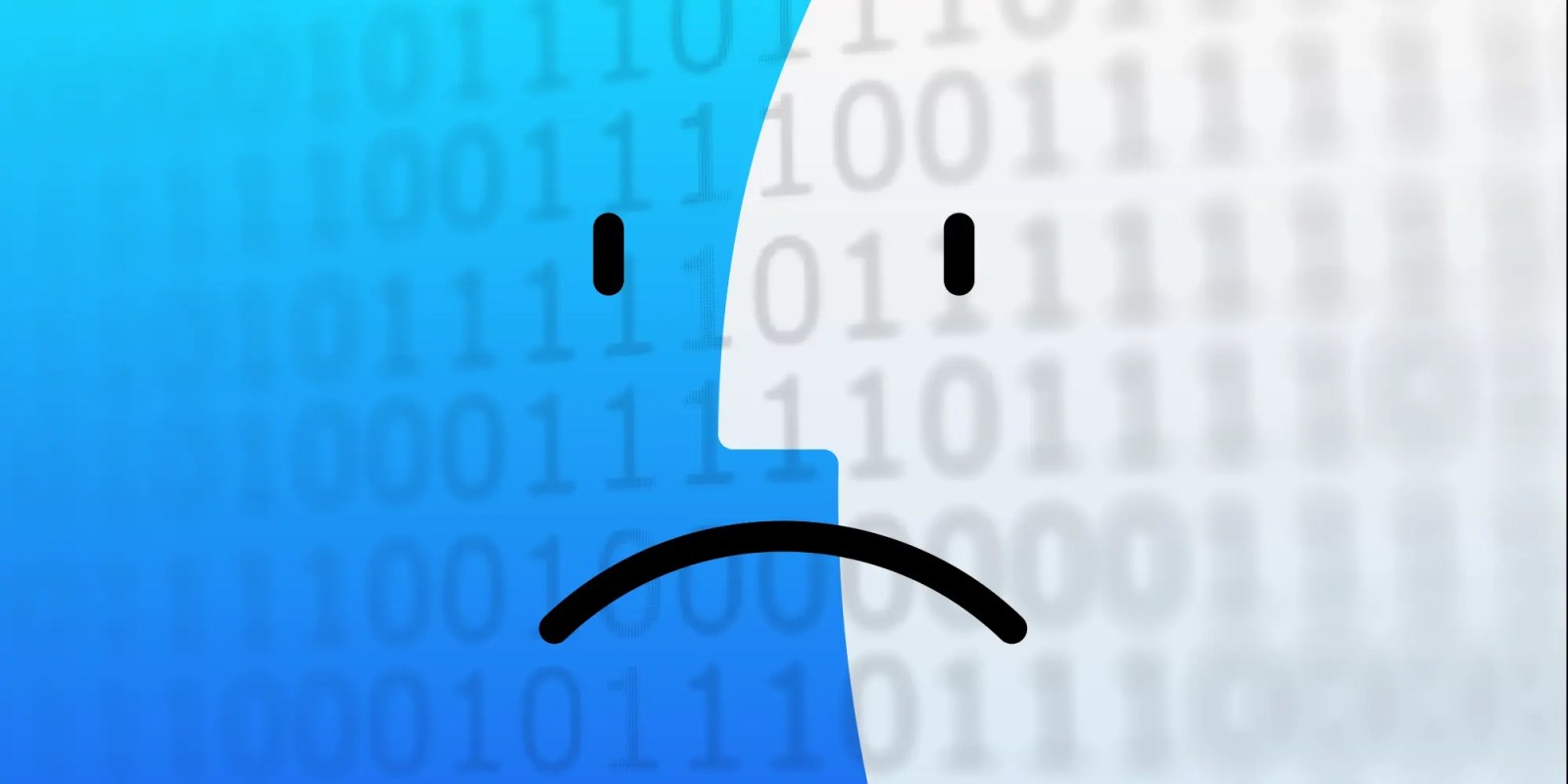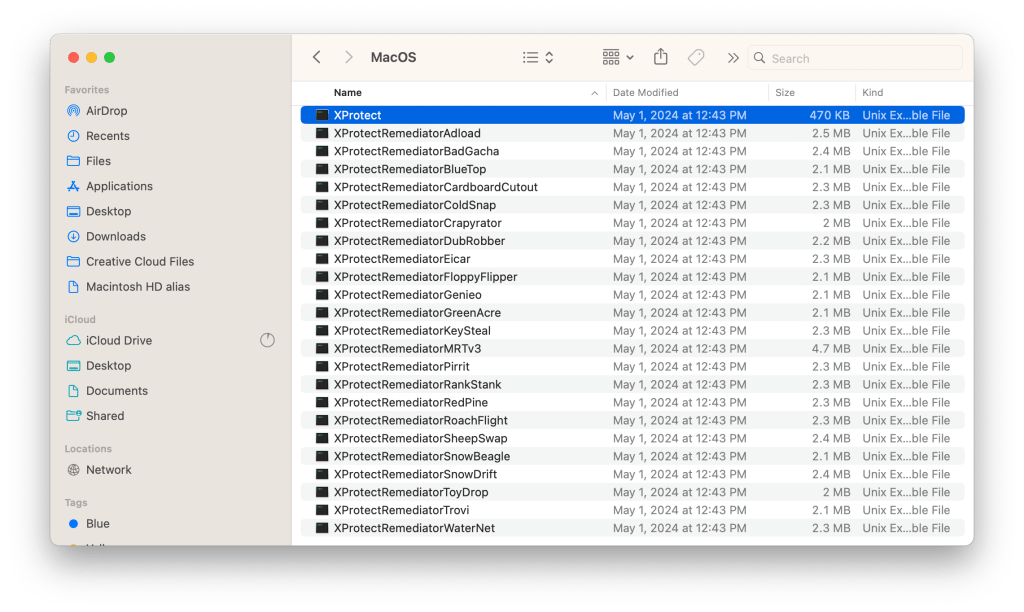
Ever surprise what malware macOS can detect and take away with out assist from third-party software program? Apple constantly provides new malware detection guidelines to Mac’s built-in XProtect suite. Whereas many of the rule names (signatures) are obfuscated, with a little bit of reversing engineering, safety researchers can map them to their frequent business names. See what malware your Mac can take away beneath!
9to5Mac Safety Chunk is completely delivered to you by Mosyle, the one Apple Unified Platform. Making Apple gadgets work-ready and enterprise-safe is all we do. Our distinctive built-in method to administration and safety combines state-of-the-art Apple-specific safety options for totally automated Hardening & Compliance, Subsequent Technology EDR, AI-powered Zero Belief, and unique Privilege Administration with probably the most highly effective and fashionable Apple MDM in the marketplace. The result’s a very automated Apple Unified Platform at the moment trusted by over 45,000 organizations to make hundreds of thousands of Apple gadgets work-ready with no effort and at an reasonably priced price. Request your EXTENDED TRIAL immediately and perceive why Mosyle is all the pieces it is advisable work with Apple.

XProtect, Yara guidelines, huh?
XProtect was launched in 2009 as a part of macOS X 10.6 Snow Leopard. Initially, it was launched to detect and alert customers if malware was found in an putting in file. Nonetheless, XProtect has not too long ago advanced considerably. The retirement of the long-standing Malware Elimination Instrument (MRT) in April 2022 prompted the emergence of XProtectRemediator (XPR), a extra succesful native anti-malware part chargeable for detecting and remedying threats on Mac.
The XProtect suite makes use of Yara signature-based detection to determine malware. Yara itself is a extensively adopted open-source software that identifies information (together with malware) based mostly on particular traits and patterns within the code or metadata. What’s so nice about Yara guidelines is any group or particular person can create and make the most of their very own, together with Apple.
As of macOS 14 Sonoma, the XProtect suite consists of three foremost elements:
- The XProtect app itself, which might detect malware utilizing Yara guidelines at any time when an app first launches, modifications, or updates its signatures.
- XProtectRemediator (XPR) is extra proactive and might each detect and take away malware by common scanning with Yara guidelines, amongst different issues. These happen within the background in periods of low exercise and have minimal affect on the CPU.
- XProtectBehaviorService (XBS) was added with the most recent model of macOS and displays system habits in relation to essential sources.
Sadly, Apple principally makes use of generic inside naming schemes in XProtect that obfuscate the frequent malware names. Whereas that is achieved for good purpose, it creates a difficult job for these curious to know precisely what malware XProtect can determine.
For instance, some Yara guidelines are given extra apparent names, akin to XProtect_MACOS_PIRRIT_GEN, a signature for detecting the Pirrit adware. Nonetheless, in XProtect, you’ll largely discover extra generic guidelines like XProtect_MACOS_2fc5997 and inside signatures that solely Apple engineers would know, like XProtect_snowdrift. That is the place safety researchers like Phil Stokes and Alden are available.
Phil Stokes with Sentinel One Labs manages a useful repository on GitHub that maps these obfuscated signatures utilized by Apple to extra frequent names utilized by distributors and located in public malware scanners like VirusTotal. Furthermore, Alden has not too long ago made important developments in understanding how XPR works by extracting Yara guidelines from its scanning module binaries.
What malware can macOS take away?
Whereas the XProtect app itself can solely detect and block threats, it comes right down to XPR’s scanning modules for removing. At the moment, we are able to determine 14 of the 23 remediators within the present model of XPR (v133) to maintain malware off your machine.

- Adload: Adware and bundleware loader focusing on macOS customers since 2017. Adload was able to avoiding detection earlier than final month’s main replace to XProtect that added 74 new Yara detection guidelines all aimed on the malware.
- BadGacha: Not recognized but.
- BlueTop: “BlueTop seems to be the Trojan-Proxy marketing campaign that was lined by Kaspersky in late 2023,” says Alden.
- CardboardCutout: Not recognized but.
- ColdSnap: “ColdSnap is probably going in search of the macOS model of the SimpleTea malware. This was additionally related to the 3CX breach and shares traits with each the Linux and Home windows variants.” SimpleTea (SimplexTea on Linux) is a Distant Entry Trojan (RAT) believed to have originated from the DPRK.
- Crapyrator: Crapyrator has been recognized as macOS.Bkdr.Activator. This can be a malware marketing campaign uncovered in February 2024 that “infects macOS customers on a large scale, probably for the aim of making a macOS botnet or delivering different malware at scale,” states Phil Stokes for Sentinel One.
- DubRobber: A troubling and versatile Trojan dropper also referred to as XCSSET.
- Eicar: A innocent file that’s deliberately designed to set off antivirus scanners with out being dangerous.
- FloppyFlipper: Not recognized but.
- Genieo: A really generally documented probably undesirable program (PUP). A lot in order that it even has its personal Wikipedia web page.
- GreenAcre: Not recognized but.
- KeySteal: KeySteal is a macOS infostealer initially noticed in 2021 and added to XProtect in February 2023.
- MRTv3: This can be a assortment of malware detection and removing elements grandfathered into XProtect from its predecessor, the Malware Elimination Instrument (MRT).
- Pirrit: Pirrit is a macOS Adware that first surfaced in 2016. It’s recognized to inject pop-up adverts into net pages, acquire personal person browser knowledge, and even manipulate search rating to redirect customers to malicious pages.
- RankStank: “This rule is likely one of the extra apparent, because it consists of the paths to the malicious executables discovered within the 3CX incident,” says Alden. 3CX was a provide chain assault attributed to the Lazarus Group.
- RedPine: With decrease confidence, Alden states RedPine is probably going in response to TriangleDB from Operation Triangulation.
- RoachFlight: Not recognized but.
- SheepSwap: Not recognized but.
- ShowBeagle: Not recognized but.
- SnowDrift: Recognized as CloudMensis macOS adware.
- ToyDrop: Not recognized but.
- Trovi: Just like Pirrit, Trovi is one other cross-platform browser hijacker. It’s recognized to redirect search outcomes, observe looking historical past, and inject its personal adverts into search.
- WaterNet: Not recognized but.
How do I discover XProtect?
XProtect is enabled by default in each model of macOS. It additionally runs on the system stage, utterly within the background, so no intervention is required. Updates to XProtect additionally occur routinely. Right here’s the place it’s positioned:
- In Macintosh HD, go to Library > Apple > System > Library > CoreServices
- From right here, you could find remediators by right-clicking on XProtect
- Then click on Present Bundle Contents
- Increase Contents
- Open MacOS
Be aware: Customers shouldn’t rely solely on Apple’s XProtect suite, because it’s made to detect recognized threats. Extra superior or refined assaults might simply circumvent detection. I extremely advise the usage of third-party malware detection and removing instruments.
About Safety Chunk: Safety Chunk is a weekly security-focused column on 9to5Mac. Each week, Arin Waichulis delivers insights on knowledge privateness, uncovers vulnerabilities, and sheds mild on rising threats inside Apple’s huge ecosystem of over 2 billion lively machines. Keep safe, keep protected.
Extra on this sequence
FTC: We use revenue incomes auto affiliate hyperlinks. Extra.













Leave a Comment